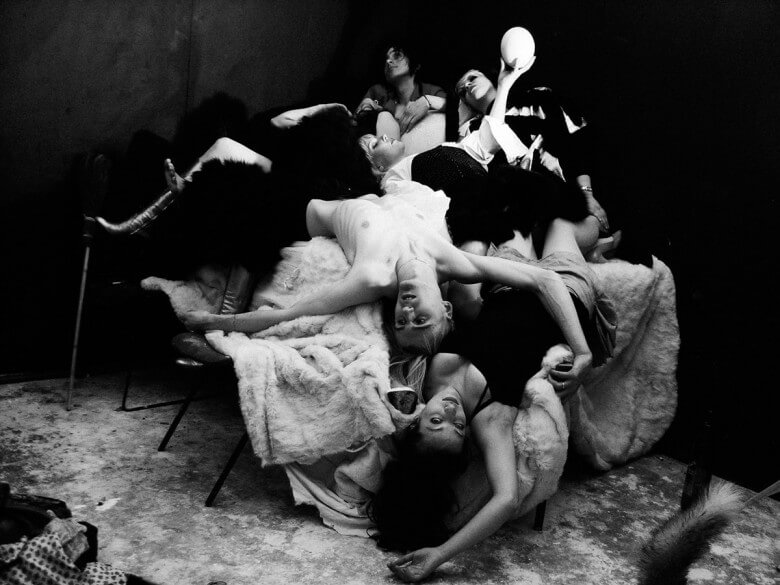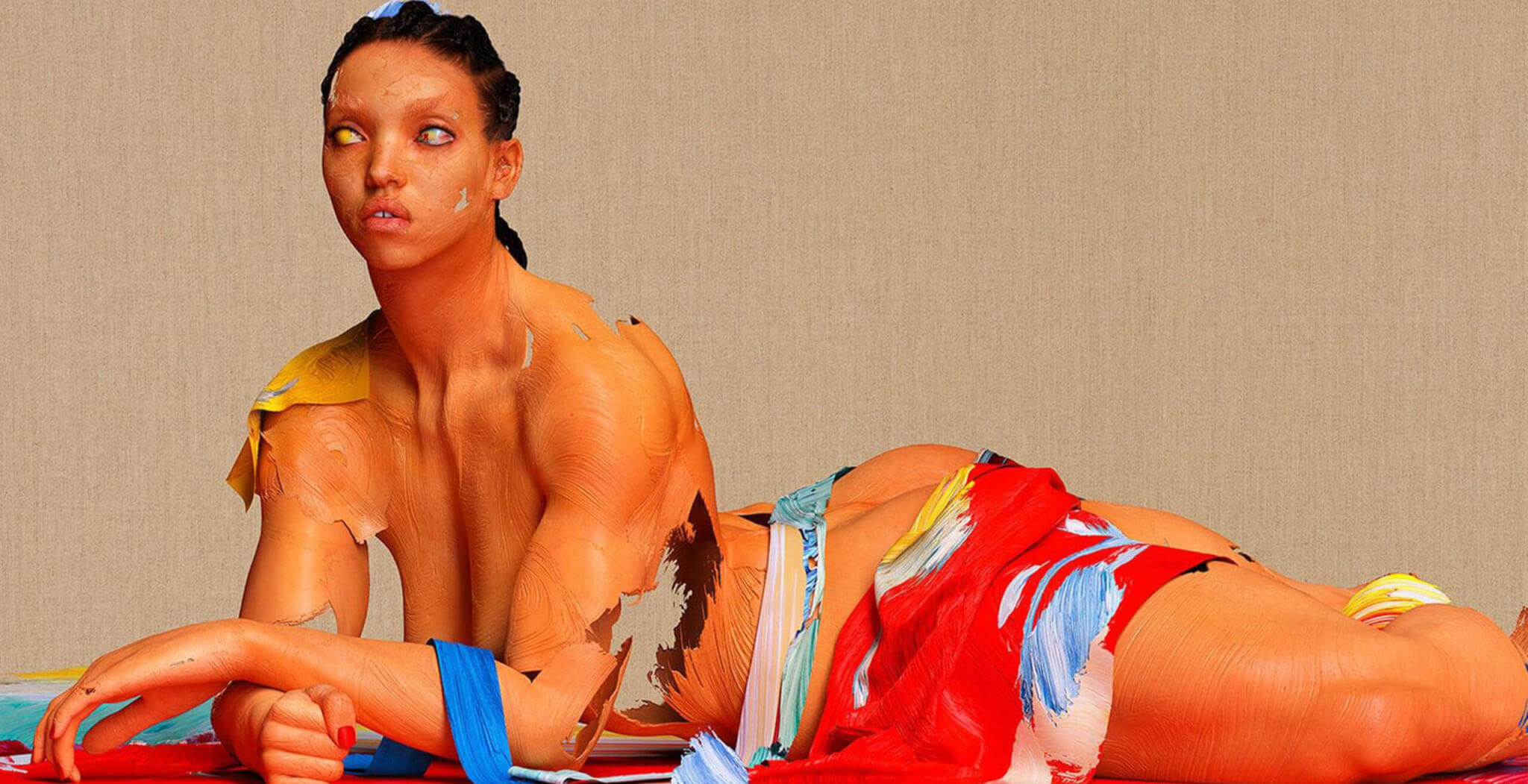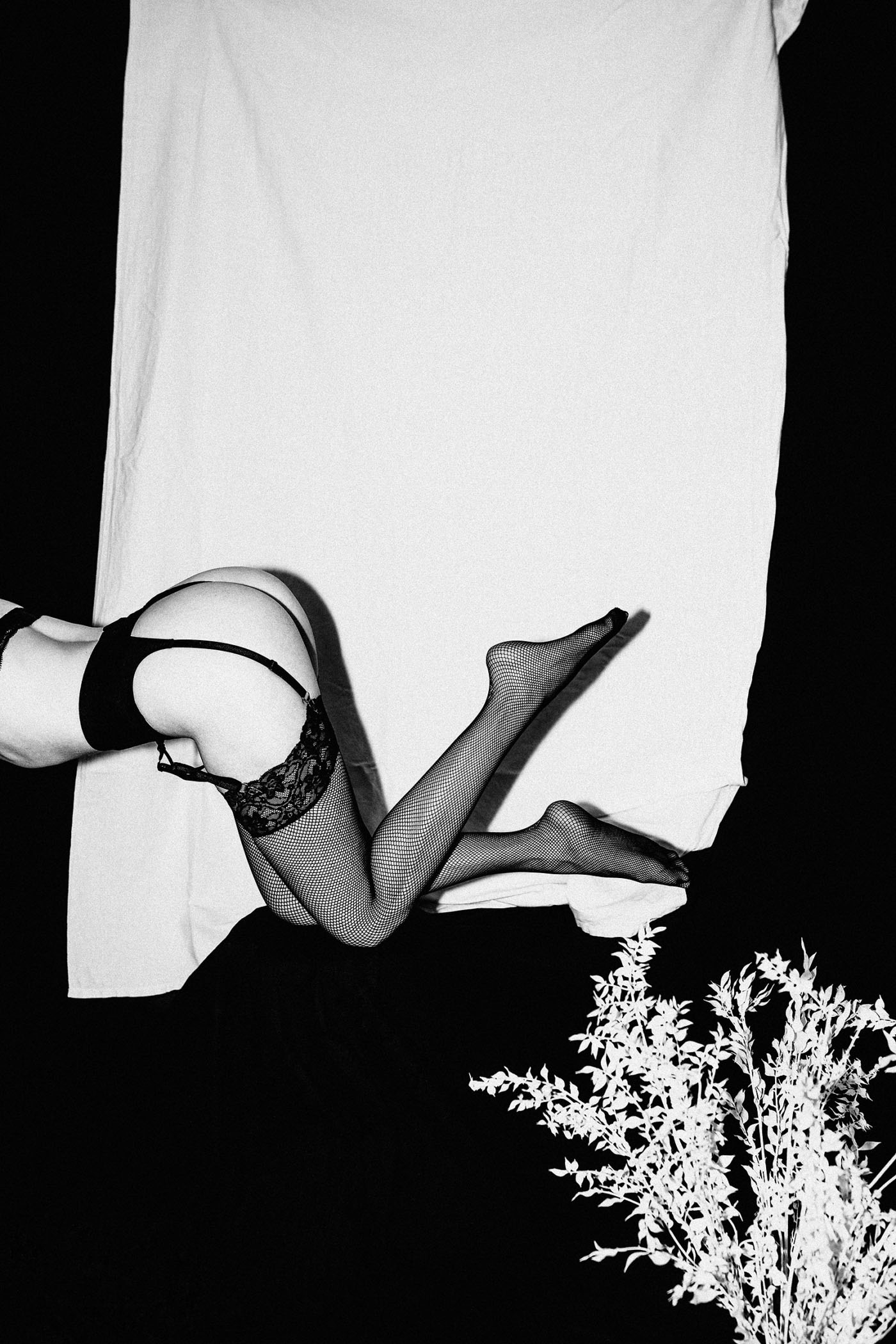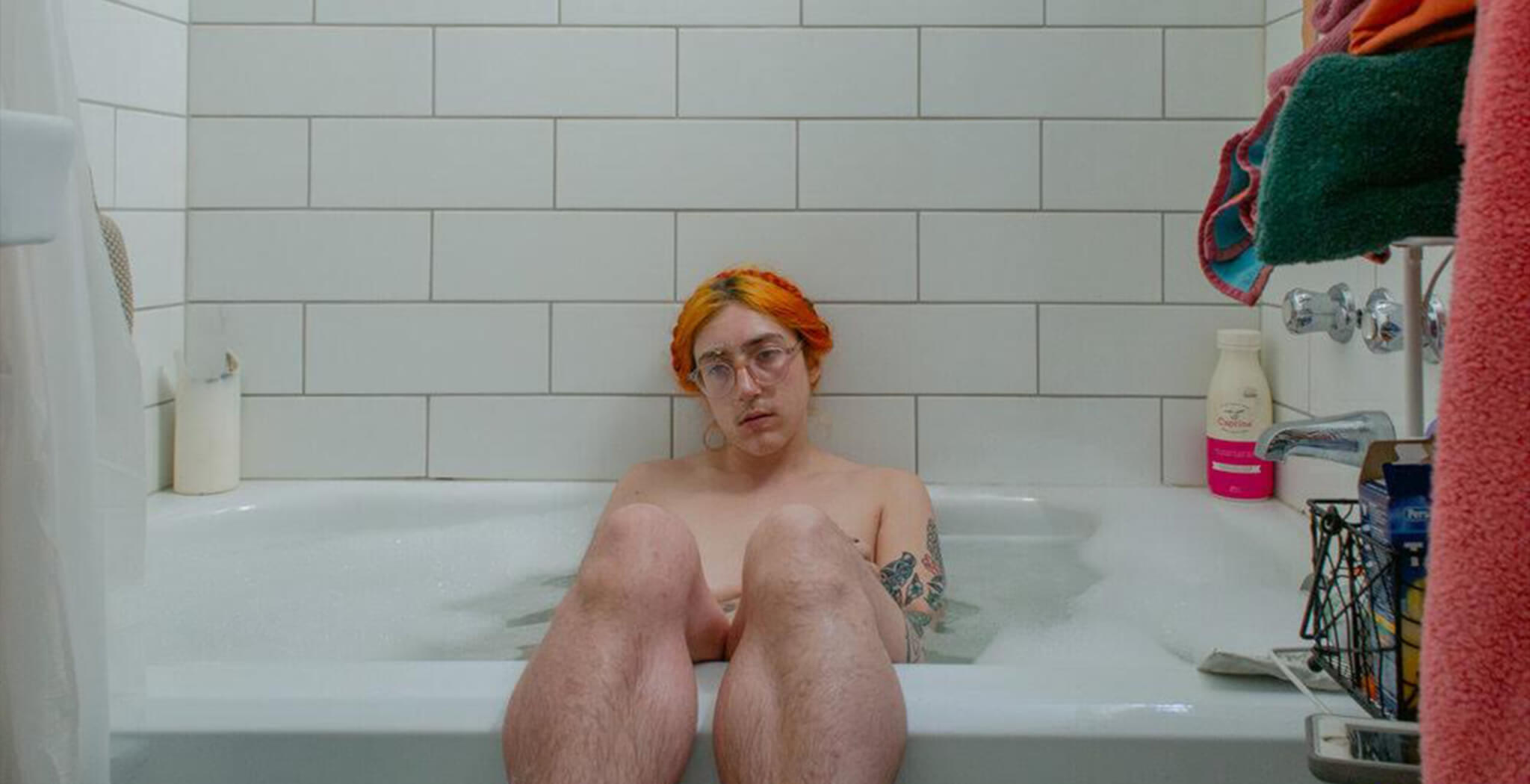How Artists Occupied Houses so They Could Live for their Art
— and not for their rent.
Amedeo Modigliani, often referred to as the prince of vagabonds, relocated to Paris in 1906, following the footsteps of numerous artists during that era. Born into an affluent Italian family, he sought refuge in Montmartre, a haven for struggling artists, after succumbing to addiction and losing his bourgeois status. Modigliani’s narrative is just one among many, where artists endure destitution during their lifetimes only to attain significant recognition posthumously, exemplified by his masterpiece Nu couché, which ranks among the most expensive artworks ever sold at auction.
However, Modigliani passed away at the age of 35, unable to witness the transformative turn of his destiny, while other artists experienced the rewards of self-realization. Jean-Michel Basquiat left home for good at the age of 16, oscillating between the sofas and floors of accommodating friends on fortunate days and the streets and park benches of New York on less fortunate ones. Basquiat’s idiosyncratic scribbles, enigmatic iconography, and symbols captivated the art world, propelling him to become one of the most prolific artists of his time. Despite his early demise in 1988 at the age of 28, Basquiat left behind an extensive body of work, an outpouring of creativity that ceased all too soon.
The history of art and entertainment would not be the same without the clash between housing privatization and squatting. On one hand, the former compels most of us to toil relentlessly in order to afford a roof over our heads, while the latter, a defiance of this system, involves occupying property without legal claim. Although squats often embody anarchist principles in their dilapidated settings, these places have birthed a significant underground art movement. Today, numerous squatter artists enjoy global recognition, with notable examples such as Eric Clapton and the Sex Pistols.

Matthew Stone once remarked about Wowow!, an artist occupation in Peckham that gained fame for bringing together exceptional artistic talent, saying, “The practicalities of not having to work meant that we could be playful with what we did, but some serious ideas came out of that ridiculous house.” In the early 2000s, an increasing number of art graduates joined this community of highly educated individuals, despite the lack of adequate space to manifest all their ideas. This led many to seek alternatives for their living arrangements. Monetizing their creations solely to serve the imbalances of the economic system felt incongruous to many. By squatting, artists could immerse themselves in the art of creation for their own sake, free from external pressures. Consequently, the epitome of exceptional talent emerged in certain cases.
Wowow!, an art collective, evolved into a platform that promoted a wide array of events and parties in London and Berlin, featuring fashion designers, artists, musicians, and writers. Their guiding principle was that everyone involved was an artist, collectively rejecting the commodification of art. Similarly, other art squats also emerged under the ethos of creating art for art’s sake, giving birth to the 21st-century art scene in South East London. This cultural epicenter is predominantly attributed to four squats that left an indelible mark on London’s artistic landscape during that decade. However, due to gentrification, these squats have one by one dissolved, marking the end of an era.
In subsequent years, artists like Gareth Pugh, a graduate of Central Saint Martins known for his experimental forms, volumes, and materials, emerged as contemporaries. Pugh, alongside Stone, who created artwork for FKA Twigs, represents just a fraction of the thriving art scene that has been shaped by the realms of anarchism, community, nightlife, and contemporary existence.



























